Alligator fossil Tibia bone, Florida.
Fossil alligator remains found in Florida offer fascinating insights into the region’s prehistoric past. Florida boasts a rich history of alligator populations dating back millions of years. These fossils provide significant evidence of the ancient ecosystems and the evolution of these formidable reptiles.
The Sunshine State’s unique geological composition, characterized by limestone deposits and a subtropical climate, has facilitated the preservation of alligator fossils. These fossils, often discovered in sedimentary rock formations, have been crucial in piecing together the puzzle of Florida’s paleontological history.
Alligator fossils found in Florida typically belong to two main species: Alligator mississippiensis, the American alligator, and its extinct relative, Alligator prenasalis. These fossils vary in size, ranging from teeth and skull fragments to nearly complete skeletons, enabling scientists to understand the anatomy and behavior of these ancient creatures.
Studying these fossils reveals how alligators have adapted over time. Their teeth, for instance, showcase evolutionary changes and adaptations for different diets, shedding light on the dietary preferences of ancient alligators.
Florida’s fossil alligators also contribute to our understanding of past environments. By examining the sediment layers and accompanying fossils, researchers reconstruct the ecosystems in which these creatures thrived. This helps in understanding how environmental changes might have impacted alligator populations in the past.
The discovery and analysis of these fossils not only deepen our understanding of ancient alligators but also contribute to broader studies of biodiversity, climate change, and the evolution of species. They serve as a window into a distant past, offering a glimpse of the diverse and complex world that existed long before our time.

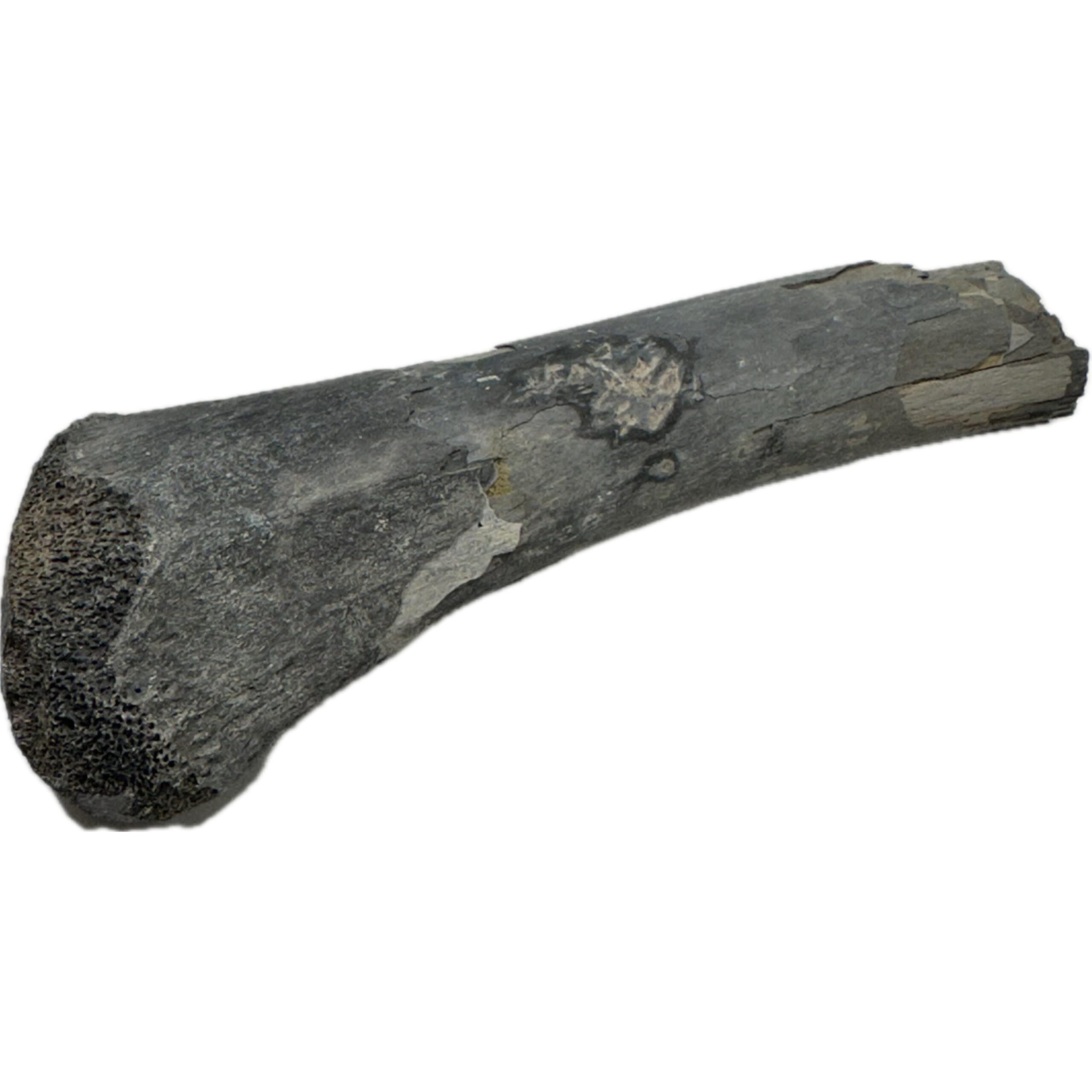
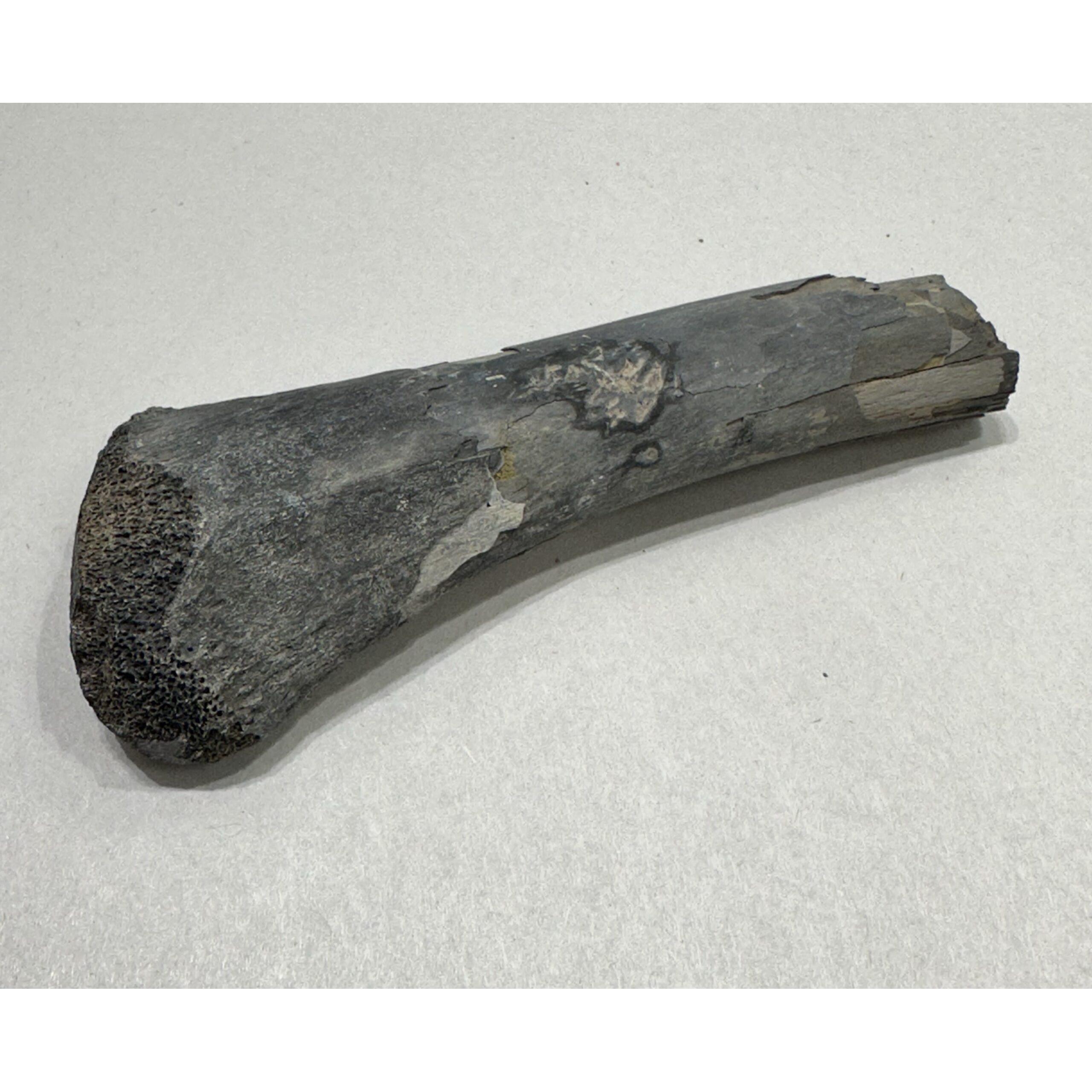
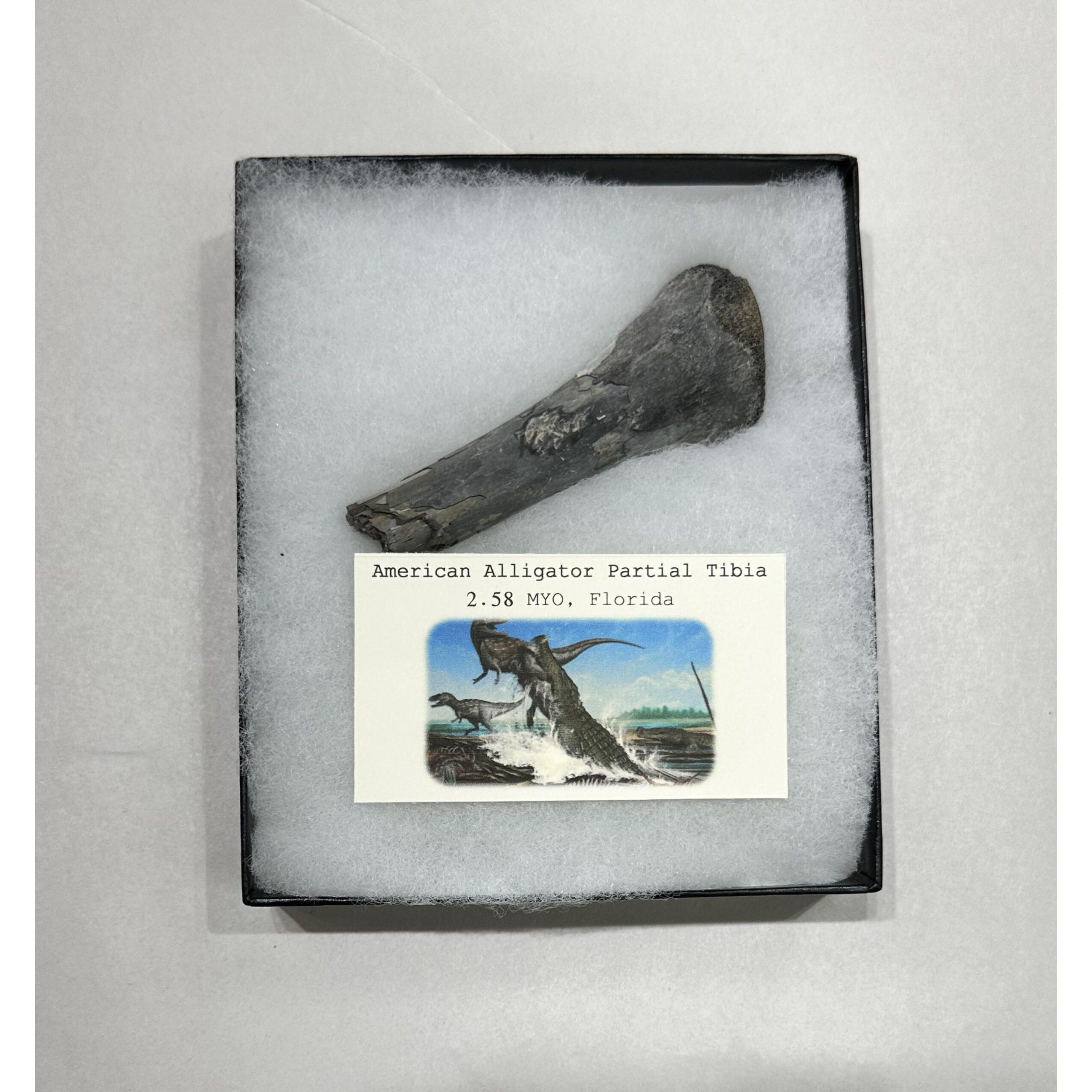
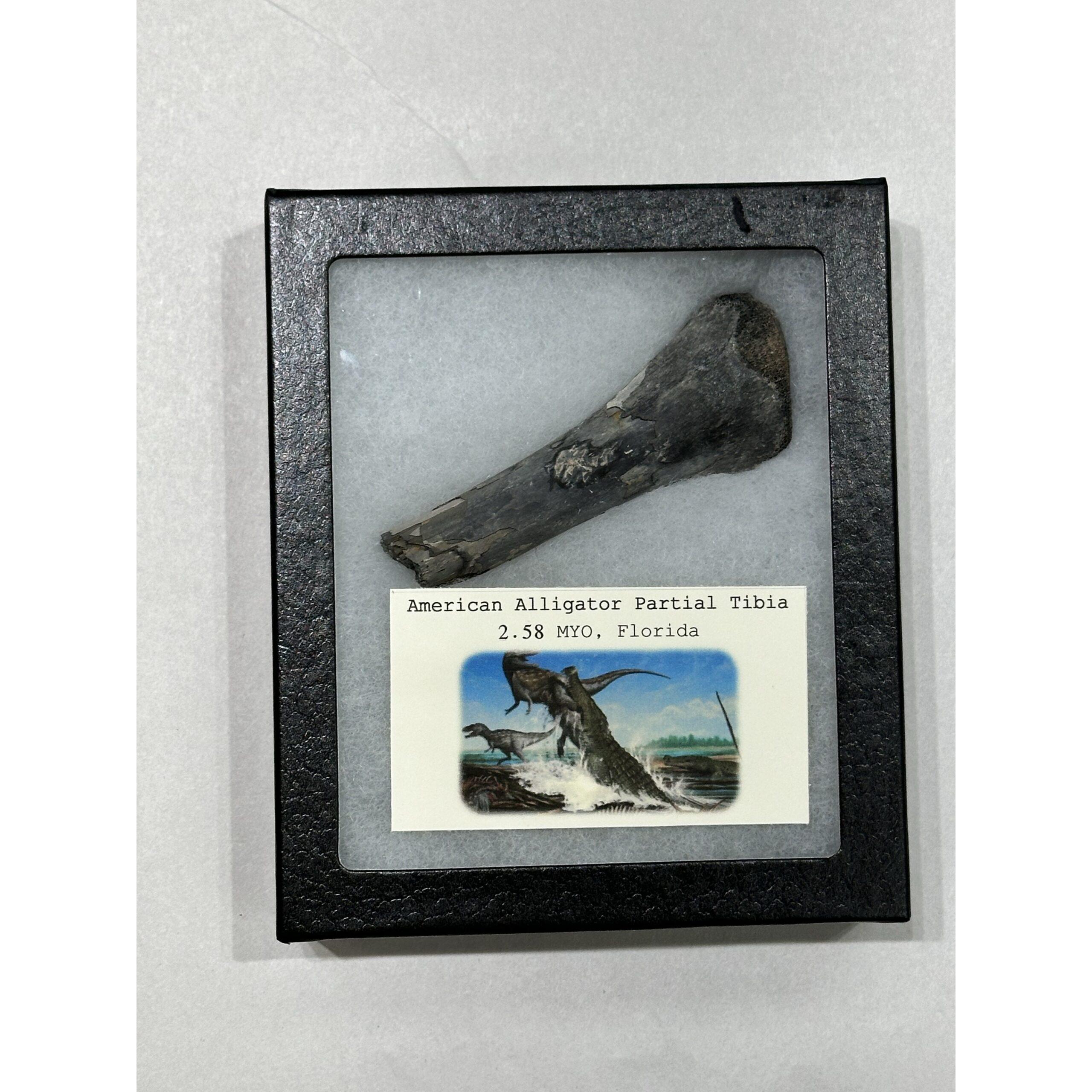
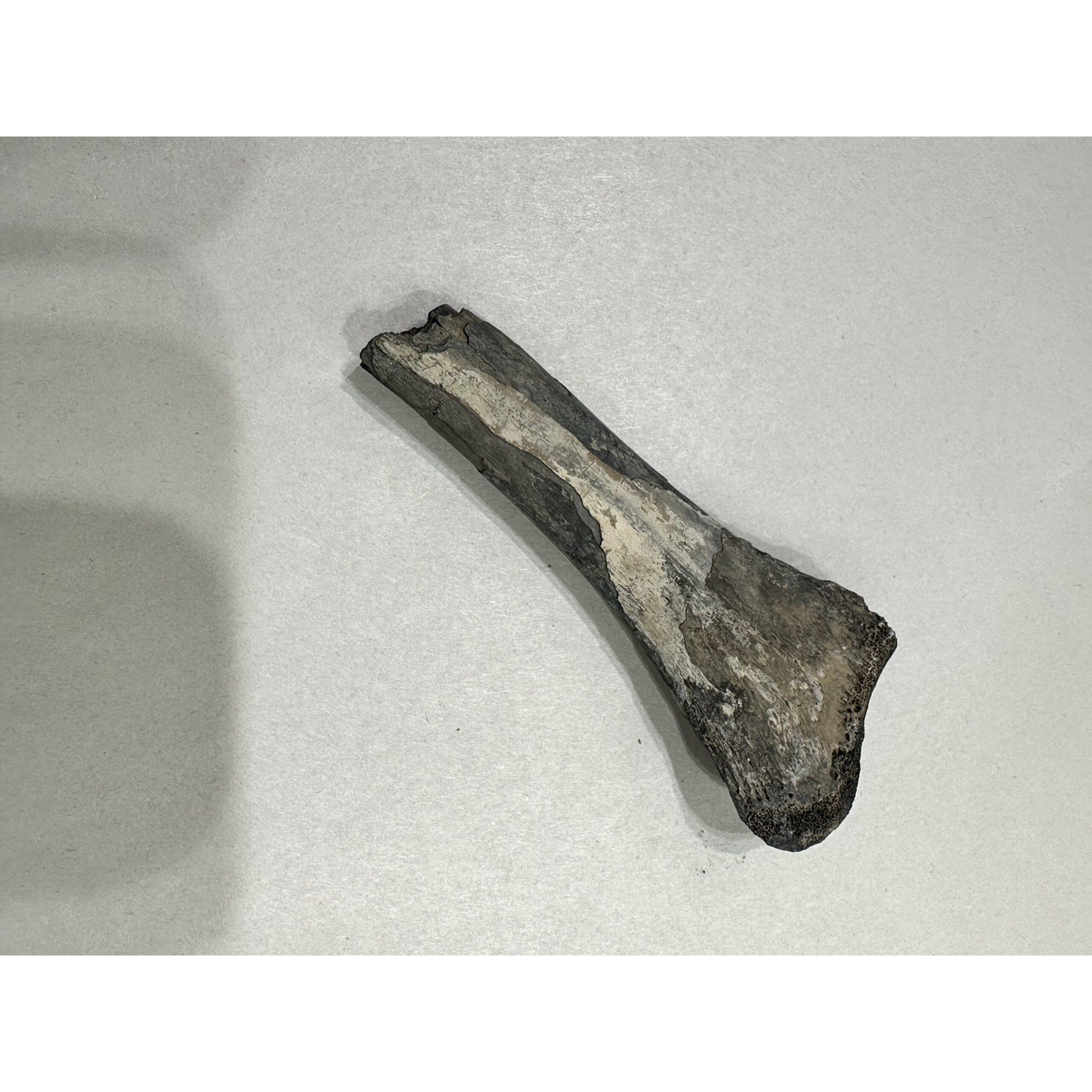
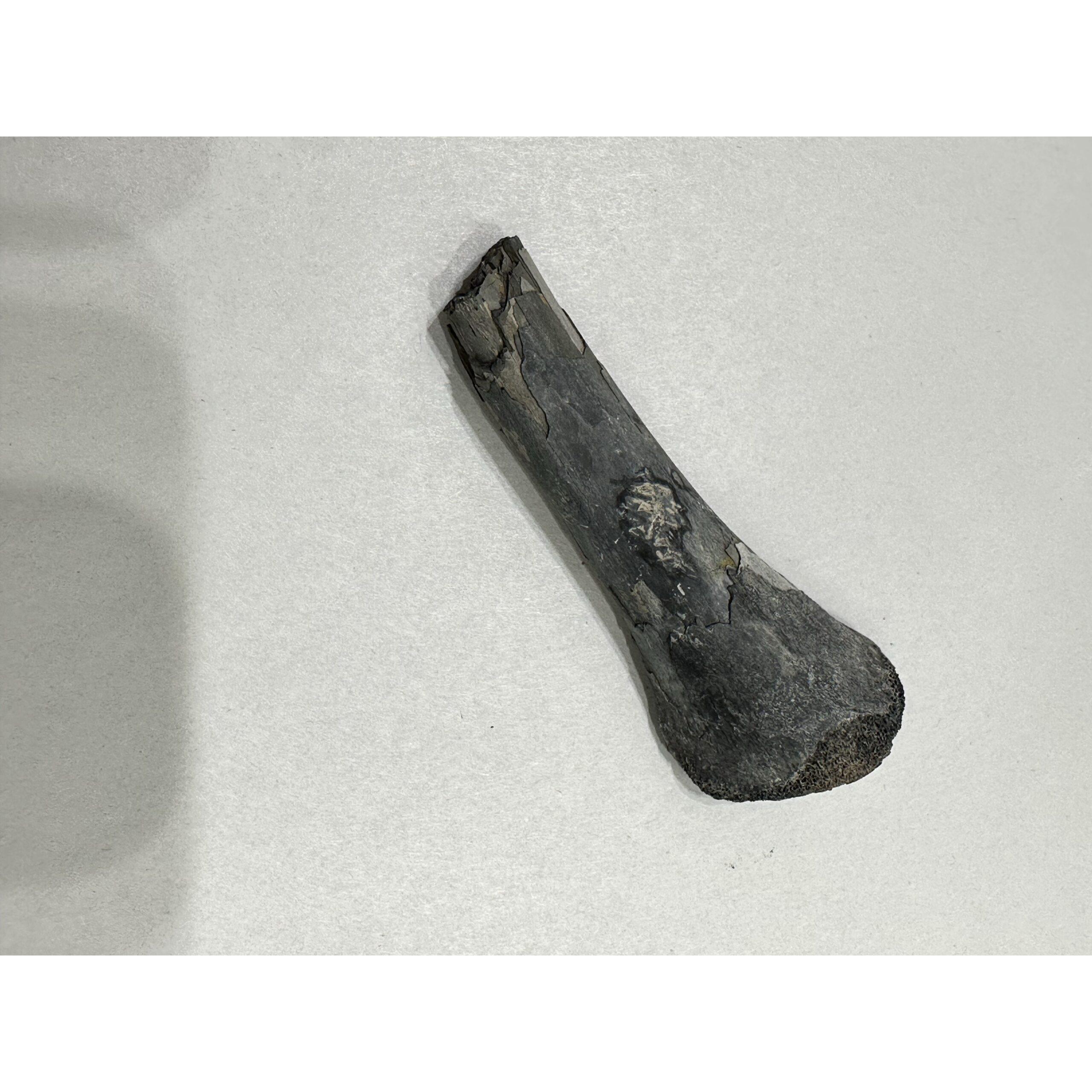
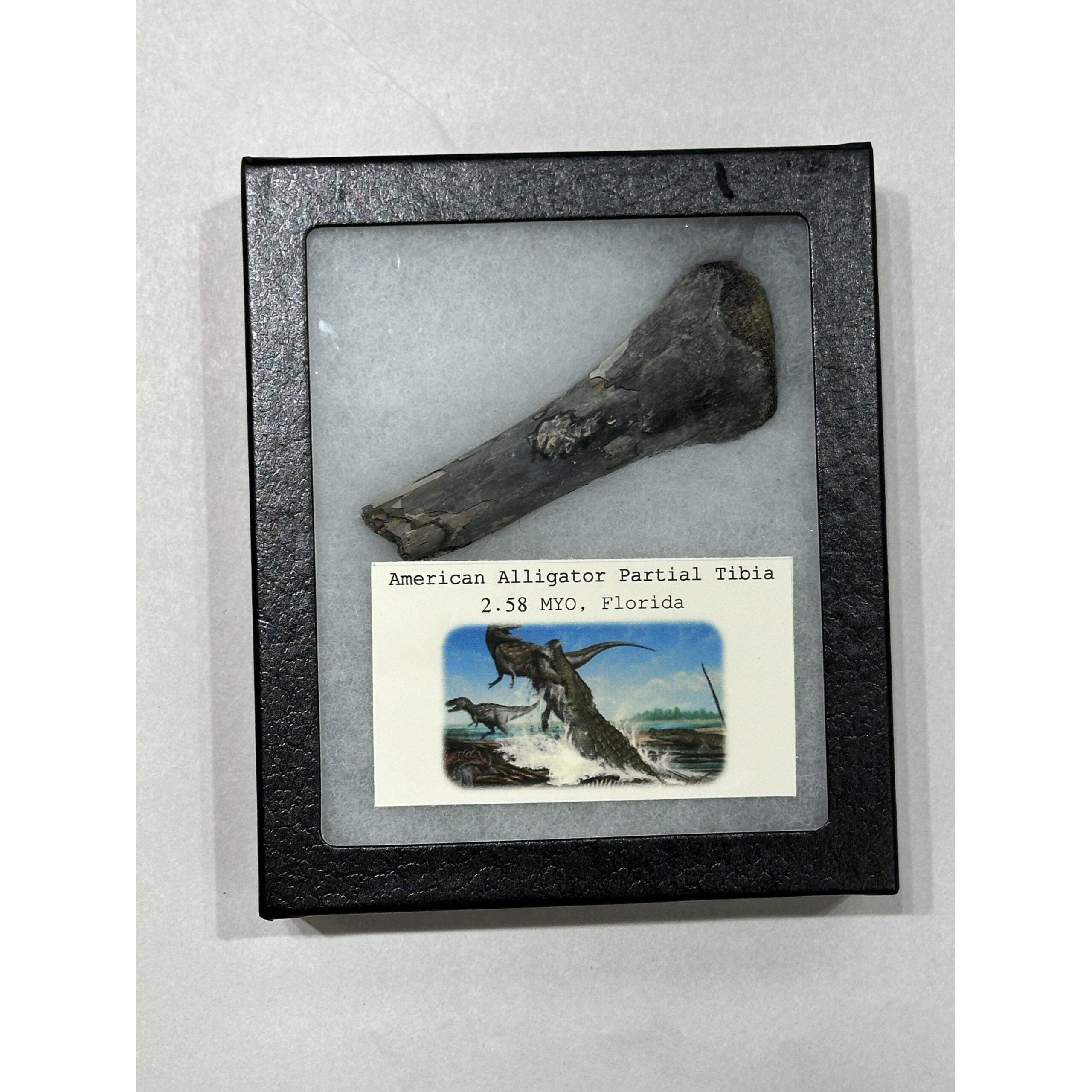
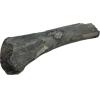
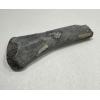


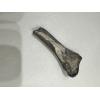
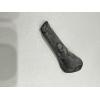

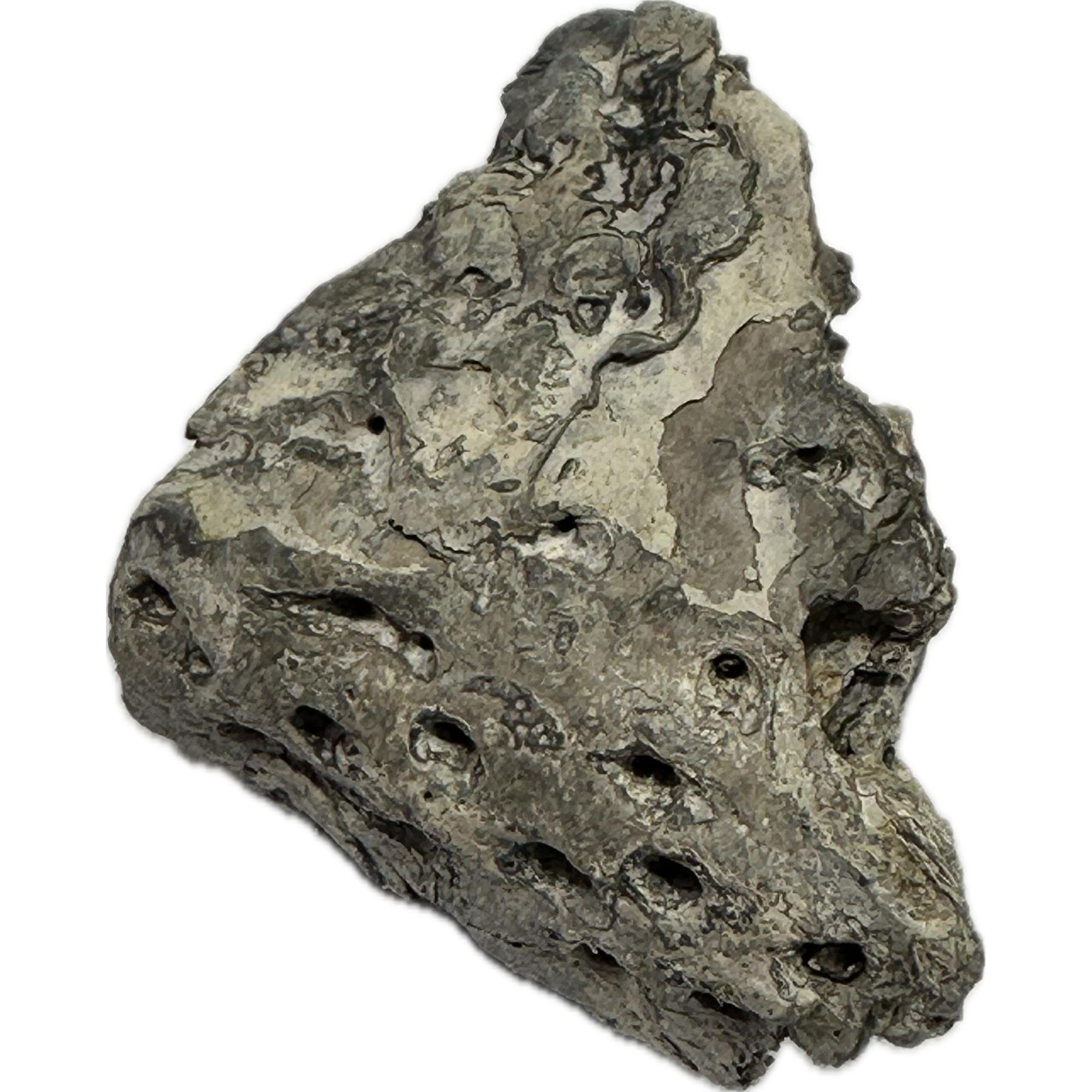
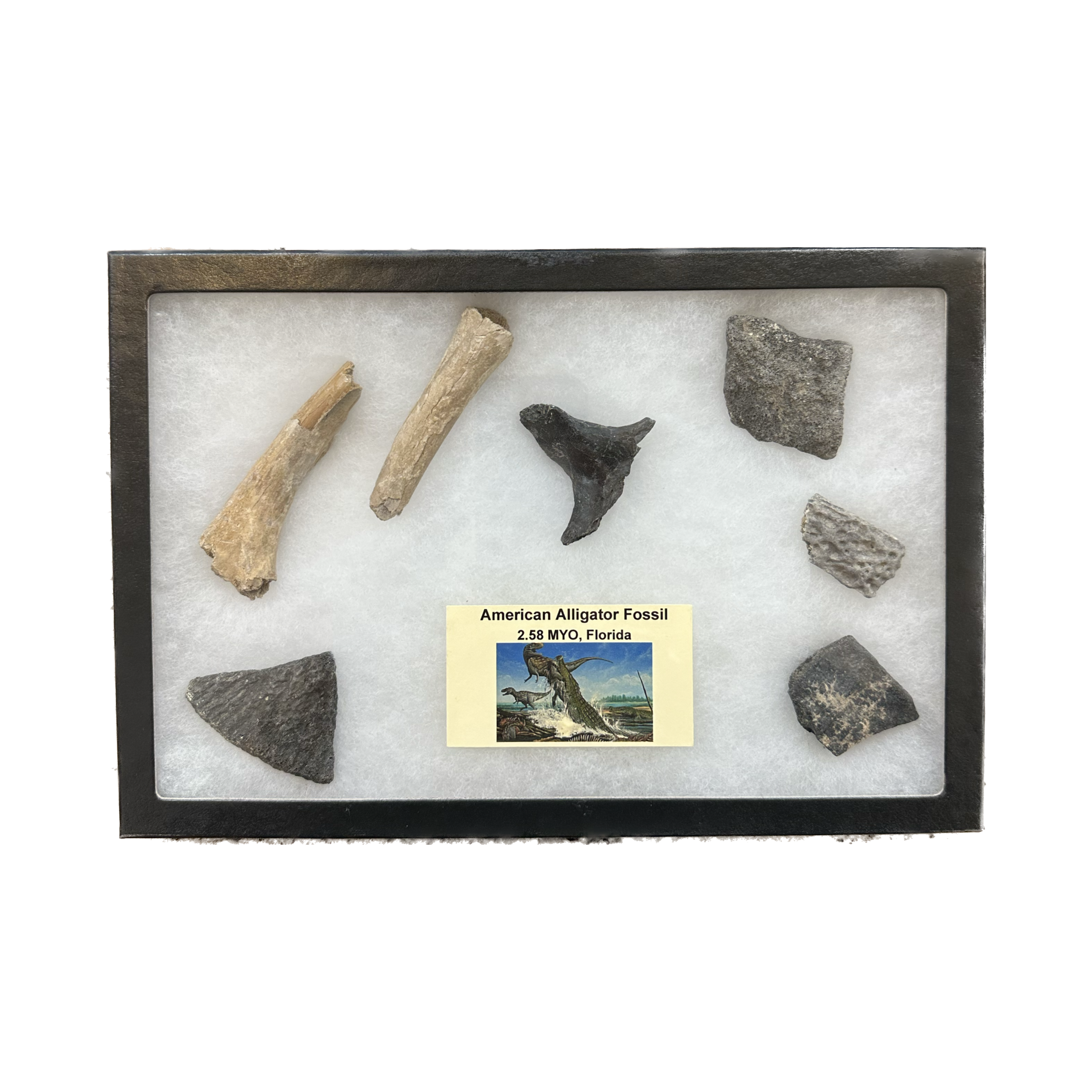
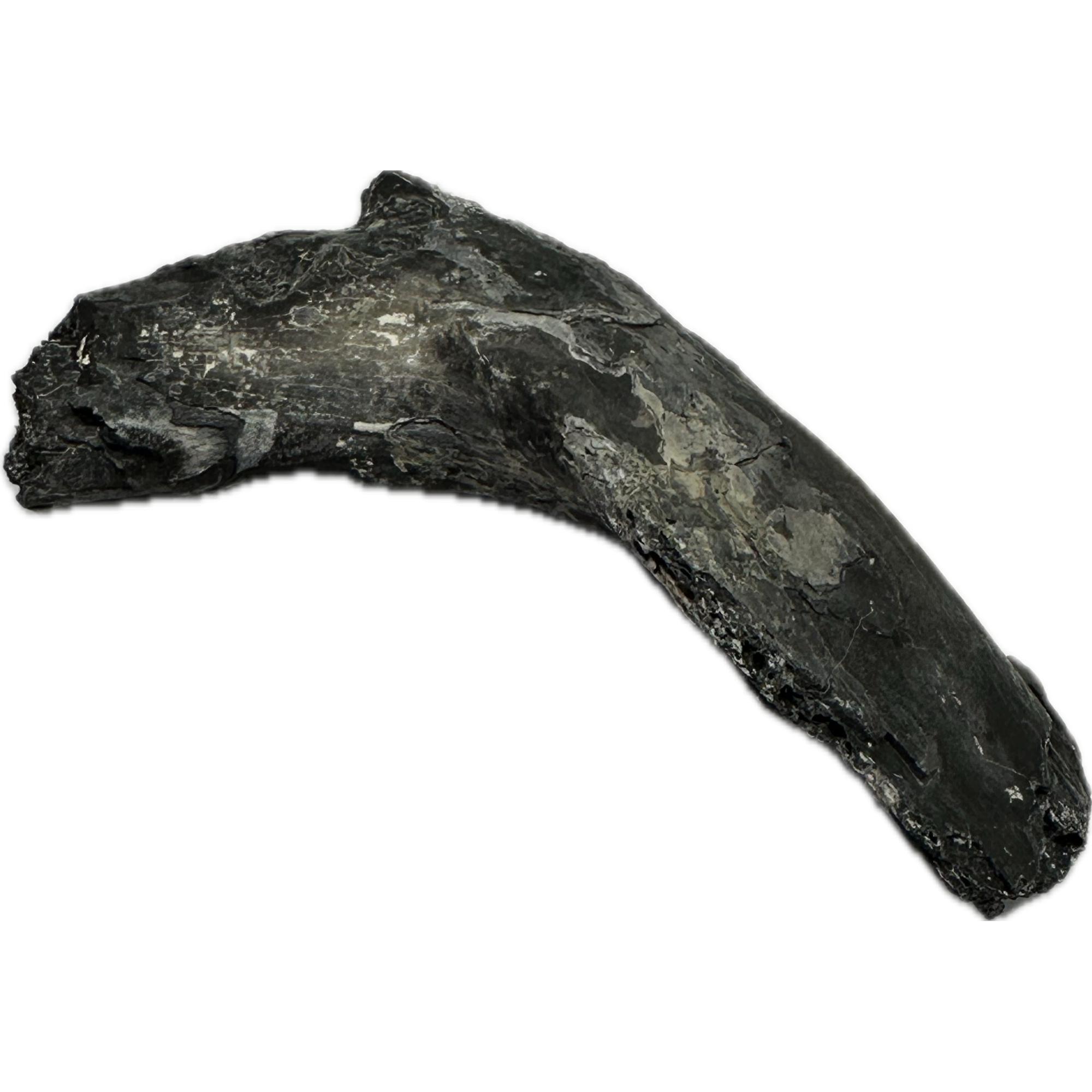
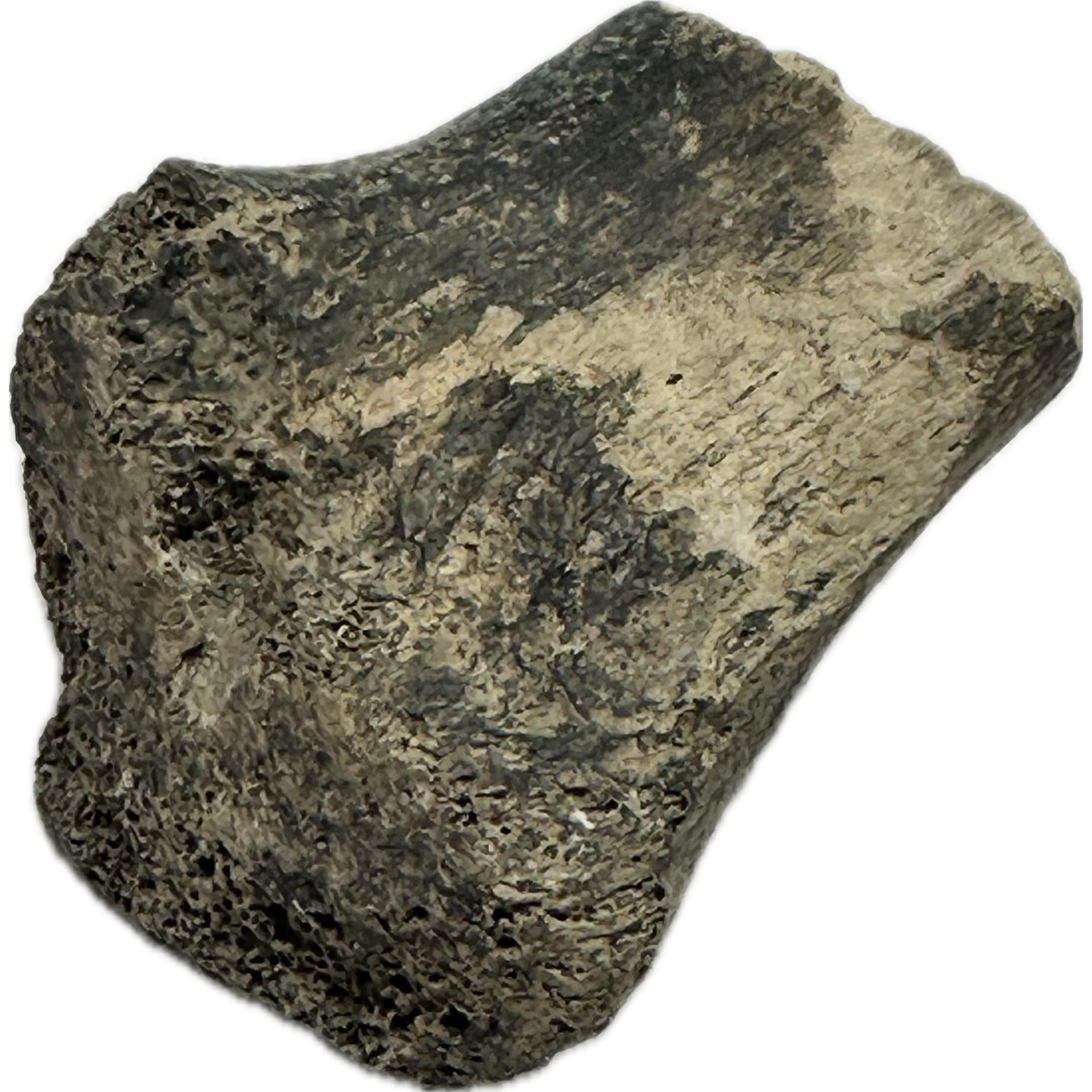
Reviews
There are no reviews yet.